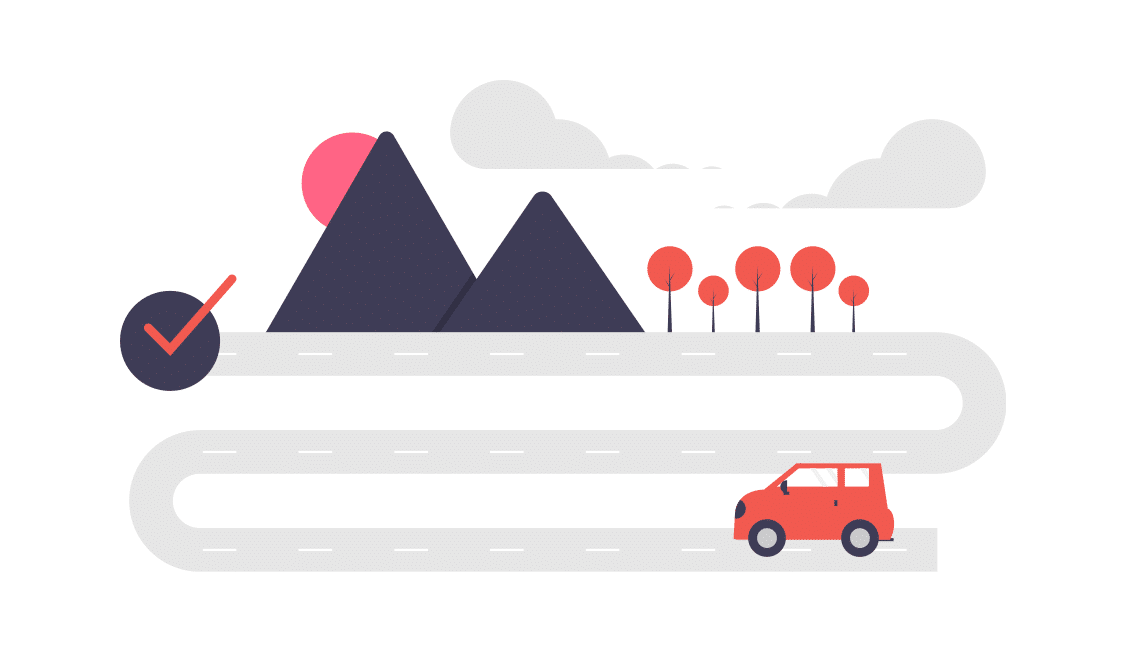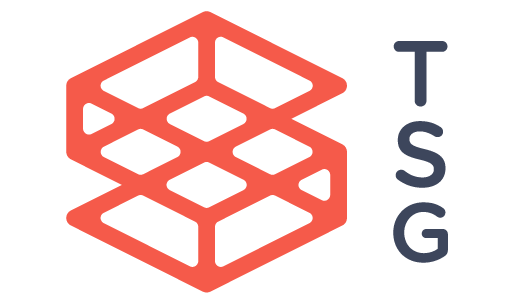IT as we once knew it is dead. In fact, some Silicon Valley CIOs, such as Wendy M. Pfeiffer at Nutanix, have even gone so far as to ask, “Why should IT continue to exist?” Of course, enterprises will always need technology, but the way that technology is used is quickly changing. Modern enterprise IT must take on a more consumer-focused culture and business model to remain relevant in the future.
At The Syndicate Group, we’ve had a front row seat to see this evolution and how it’s affected the top enterprises in the world. Thanks to our Innovation Experience Program, we see that some businesses, like Nutanix, have embraced and are leading the charge, while others have hesitated.
Why Consumerization?
Today, technology is so pervasive and woven into the fabric of our everyday life, that it’s actually a challenge to go without it. Today, your smartphone is millions of times more powerful than all of NASA’s combined computing in 1969, the year we landed on the moon. Consumers of all ages, but especially younger generations, keep up with their contacts — and even find new connections — all over the world through social media. No longer willing to pay the hefty price of word processing software, consumers can use free apps to write and share documents with ease. They can keep up with their favorite businesses through the use of apps.
But when these same people clock into work, too often do they find enterprise IT apps and software that are fine, but don’t live up to their consumerized expectations on how technology should work for them. They might not function as quickly or be as versatile as the consumer IT products that employees are used to at home. Sometimes it’s as simple as a less attractive interface. This might seem shallow, but studies have proven again and again that consumers are attracted to aesthetically pleasing apps and software. Overall, enterprise IT has evolved to be less…people-friendly than consumer technology. And at the end of the day, businesses are made up of people. People that want to be enabled as efficiently and effortlessly as they are on their personal time. In order to successfully address the technology needs of employees, technology leaders need to think of their corporation not just as an enterprise but a community of consumers.
From my vantage point, I have found three main areas of focus to successfully bring about a consumer focus to the IT in your enterprise; the people, the process, and the technology.
The People
For this evolution of IT to thrive, it’s clear that leadership and culture will be critical. IT teams need to be more directly involved in various business units, so that their success can be more directly aligned to the success and satisfaction of the business they serve. As always, it starts with leadership and then this change can filter down through the ranks.
I’ll save the in-depth analysis of this aspect of transformation for another time. For now, defer to organizational health professionals like The Table Group and their thought-leadership expertise.
The Process
A major priority of IT groups now should be creating supportive structures that can sustain both people and technology through this shift. Tim Guleri, Managing Director at Sierra Ventures, suggests that AI competencies and a strong intelligence layer may be the key to a successful transformation. “IT needs to implement better tools for data collection and analytics,” he says, “so they can be more intimately aware of user adoption and usage, thereby enabling faster and easier processes and early identification of trends that will need to be supported at scale.”
Experimentation frameworks are also crucial to the consumerization of IT. As with any major change, there will be a period of trial and error. Organizations should have repeatable models and support for low-friction trials in order to reach the end goal of efficient adoption and usage. Efficiency is after all, the great appeal of consumer IT, but traditional IT has only recently been confronted with these consumer expectations.
The Technology
Last but not least, what kind of technology is going to be used in this IT transformation? Many corporate IT groups are looking at three main categories:
- Bridge Technologies– (i.e. Dropbox) technology originally designed for consumer markets that can be adapted and applied to enterprises
- Consumerprise Technology– (i.e. Slack) technology built specifically for enterprises but created with a consumer mindset
- Homegrown tech
To accomplish this transformation, it is essential for IT leaders to first focus on the people and process aspects first, as those steps will allow the appropriate technologies to come into the mix. As IT organizations continue to evolve and be facilitators and accelerators of relevant technology adoption, I believe the entrepreneur and venture communities will adjust accordingly.
Consumerization of enterprise IT is just one focus area you can address through our Innovation Experience program. In the coming series, we’ll discuss other challenges that we work to tackle through our Innovation Experience program.
Would love to hear what the biggest priorities are for your organizations, email me at chad@syndicategroup.com.



